“Fish catch has reduced to one-tenth in the last 15 years. It is not enough to feed our families,” says Johnson, a fisherman leader from Tuticorin, Tamil Nadu. He is one of the 250 million people living within 50 metres of the Indian coastline – a region most vulnerable to climate change. Fishermen find that the wind and water current patterns have changed, drastically affaecting their source of livelihood. Precise reasons for these changes are not yet known, but impact is loud and clear.
The coastline in Tamil Nadu is abuzz with construction activities. The Tamil Nadu government has declared the region as ‘Power Corridor’, awarding subsidies and benefits to industries willing to set base here. Industries of all sorts- power plants, salt factories, fertiliser plants and copper smelters are coming up along the coast, adding to untreated effluents and domestic sewage dumped into the sea by existing industries. The impact is seen clearly- marine productivity has been severely hit and mangroves, the first line of defence in the eventuality of a tsunami, are fast vanishing. The on-going construction along the shore also changes the wave patterns, leading to rapid coastal erosion.
The change that has come over the actual shoreline is huge. Over the last 30 years, 200-1,500 m of beach has been lost. At Iraimandurai in Kanyakumari district, near the border between Tamil Nadu and Kerala, two rows of houses have already been lost to the sea and the third row is at the threshold. Among the lost buildiongs is the village’s only school.
The mouth of river Tharamibharani in Tuticorin district has narrowed down. The changed wind and currents have increased soil deposition here to an extent such that only one boat can pass through at one time. In 2008, two villagers of Punna Kayil died when their boats collided at the mouth of the river.
Over the years due to saltwater intrusion, access to potable water has grown limited. Women have to walk several kilometres for water. Manapad in Tiruchendur district, a village of 15,000 people, has just one source of drinking water – a well just half-a-kilometre away from sea. The villages cling to a belief that Jesus will save their well.
Water pollution spawned by industrialisation has twisted implications over the lives of these fishermen. The pollutants drive the fish population further, and fishing being their sole means for survival drives these fishermen to gamble dangerously with their lives. They are forced to try their luck in waters closer to the international maritime borders, and often end up straying into foreign waters.
While fishermen may not any control over these factors, but they are certainly responsible for an issue- over-fishing. With growing demand for fish in international markets, commercial trawlers have taken over traditional fishermen who use country boats. Trawlers, typically bottom trawl, have nets weighed down to scrap the seabed clean. While the in-demand and profitable fish varieties are sold, the rest are discarded. Inedible and small fish are sold as trash to the poultry and aquaculture industry, which convert them into feed. These practices do not allow enough time for species to regenerate and break the food chain. Trawling destroys the coral reefs, which are nurseries for fish species too. These reefs are instrumental in preventing coastal erosion and natural disasters like tsunamis.
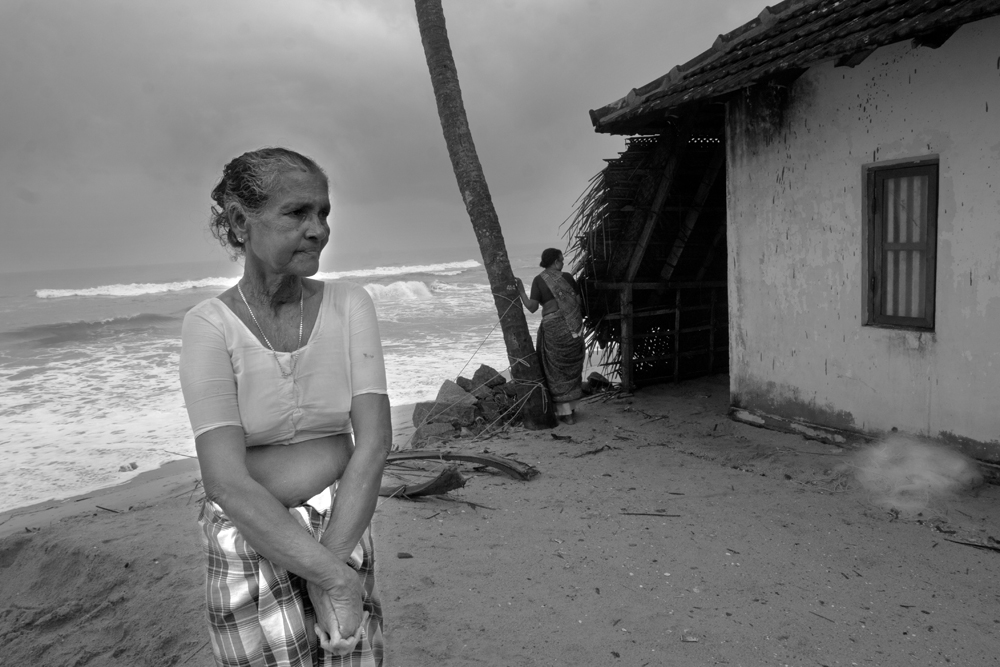
Kasaragod, Kerala.
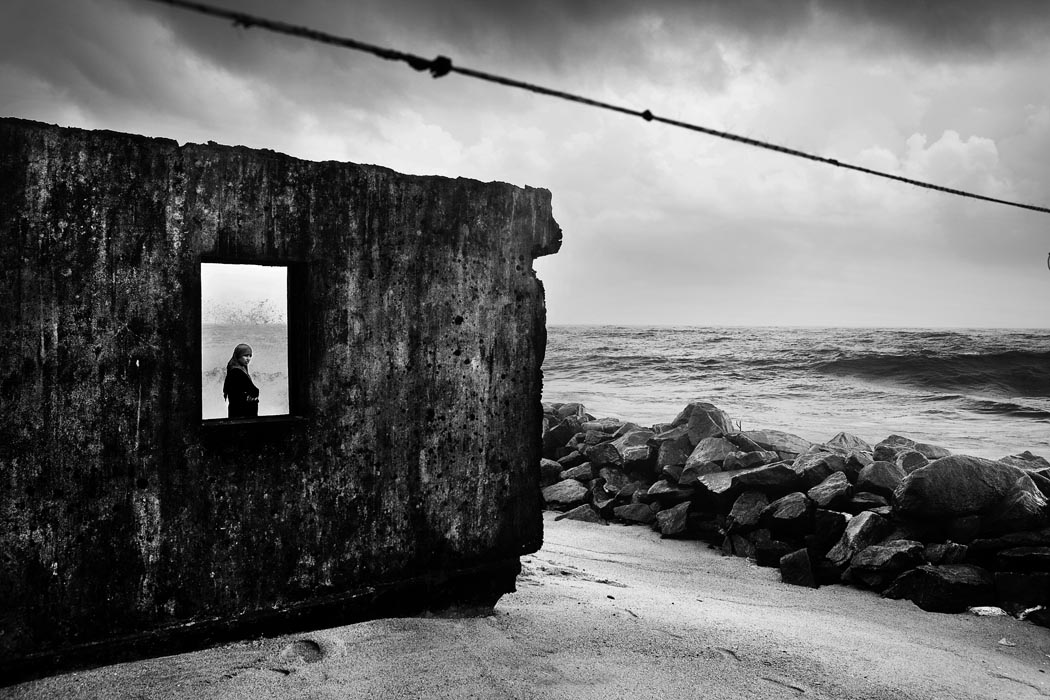
Ullal, Karnataka. An eroded house. Despite the sea wall, every monsoon the waters turn violent here and claim houses near by.

Tuticorin,Tamil Nadu. Fishermen here say fly ash and other industrial waste have depleted their catch.
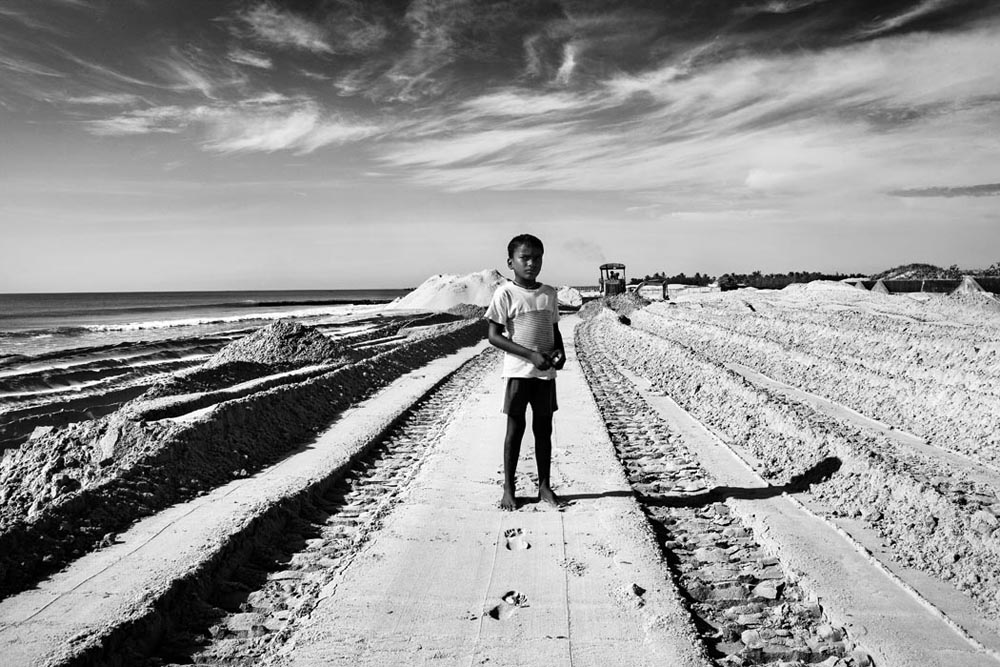
Cuddalore, Tamil Nadu. Tracks of JCB machines line the sands, where an oil refinery is being built. The digging has triggered massive soil erosion. After several protests by locals, soil is now being dumped close to the coastal villages.
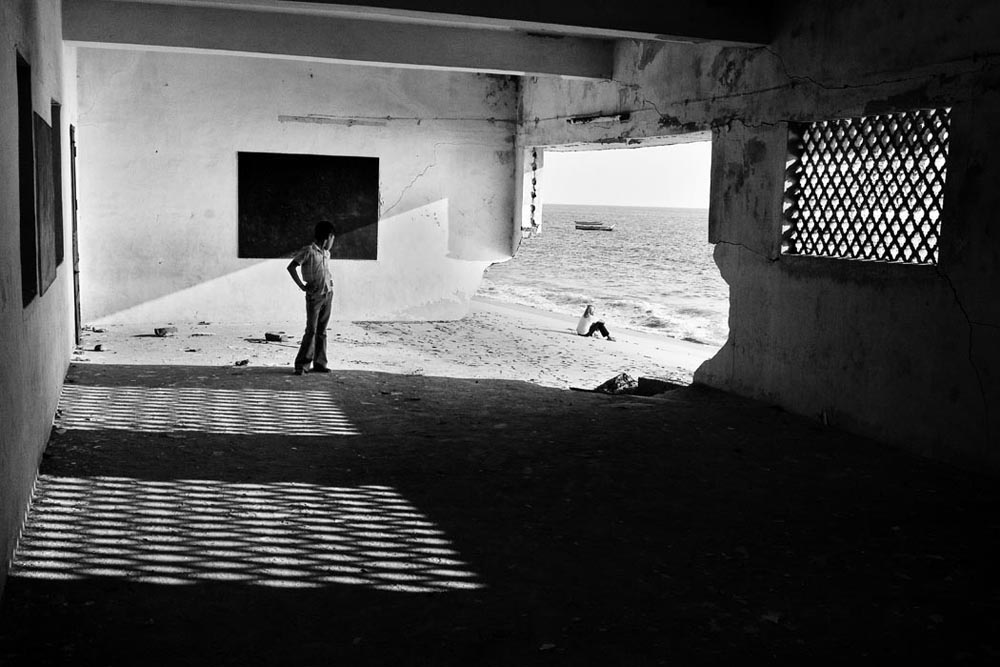
Kolachel, Tamil Nadu. Ragul Raj stands amidst the ruins of a building in this fishing village. Eight months ago, this was his school. The sea has now claimed it and also several houses in the vicinity.
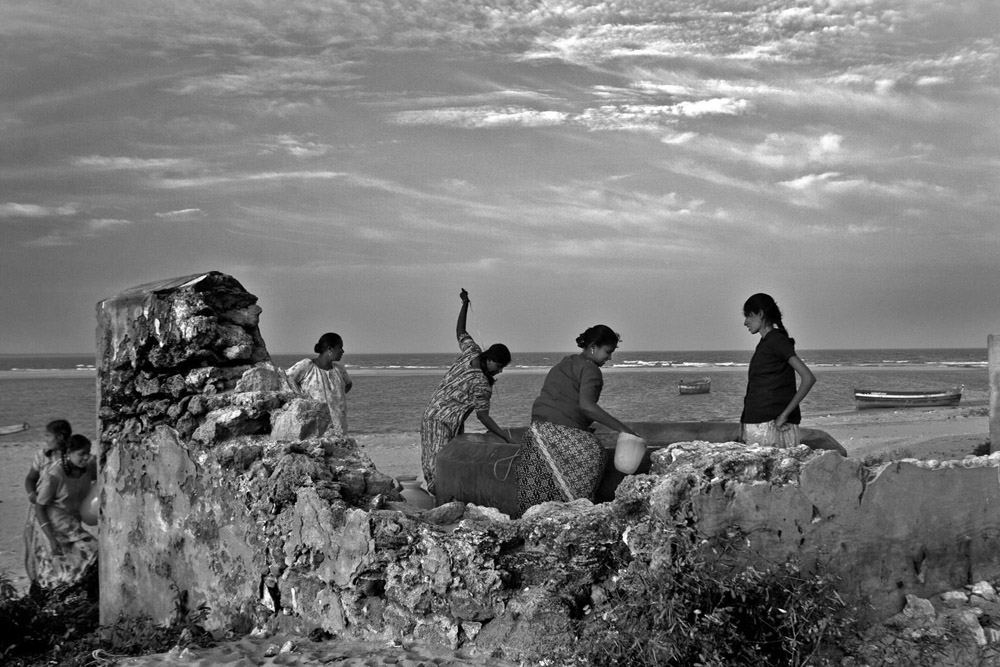
Manapad, Tamil Nadu.The villagers here believe that their church would miraculously protect this well from the aggressive sea.
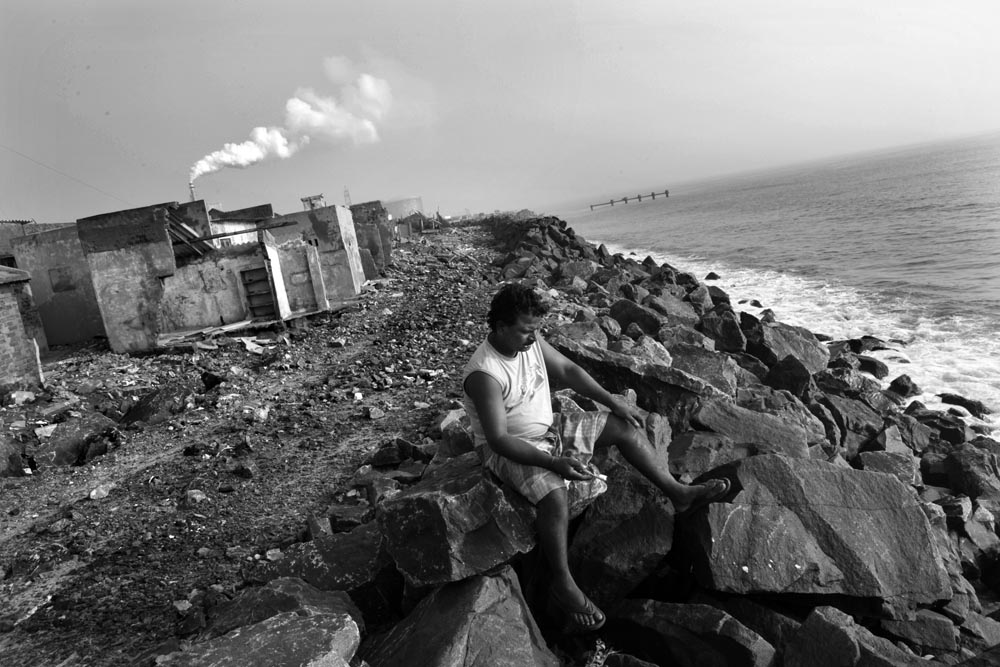
Ennore, Tamil Nadu. A sea wall.

Jeeva points at the narrowing river mouth at Punna Kayil in Tuticorin. Changing currents has led to alteration in the balance between soil erosion and deposition. The fishermen are fighting a losing battle to keep the mouth open.
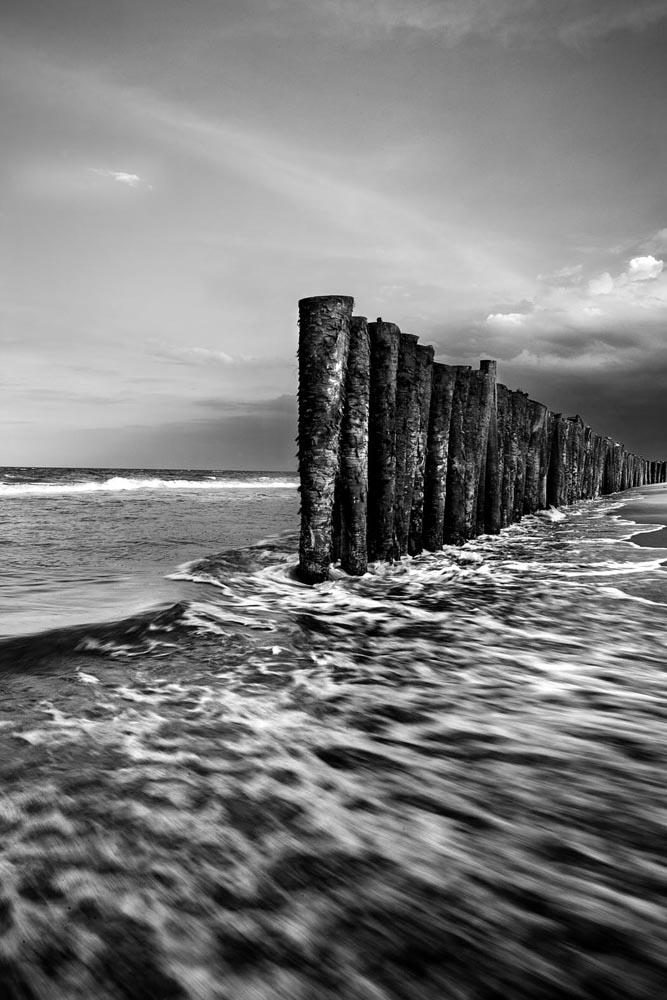
Cuddalore,Tamil Nadu. A sea wall.
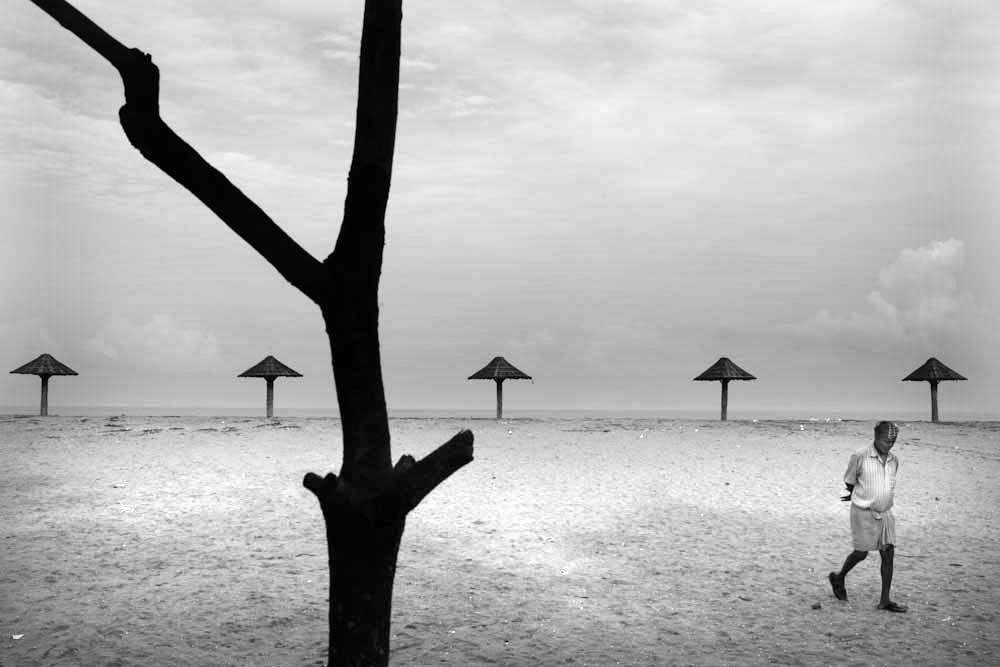
Cochin, Kerala.
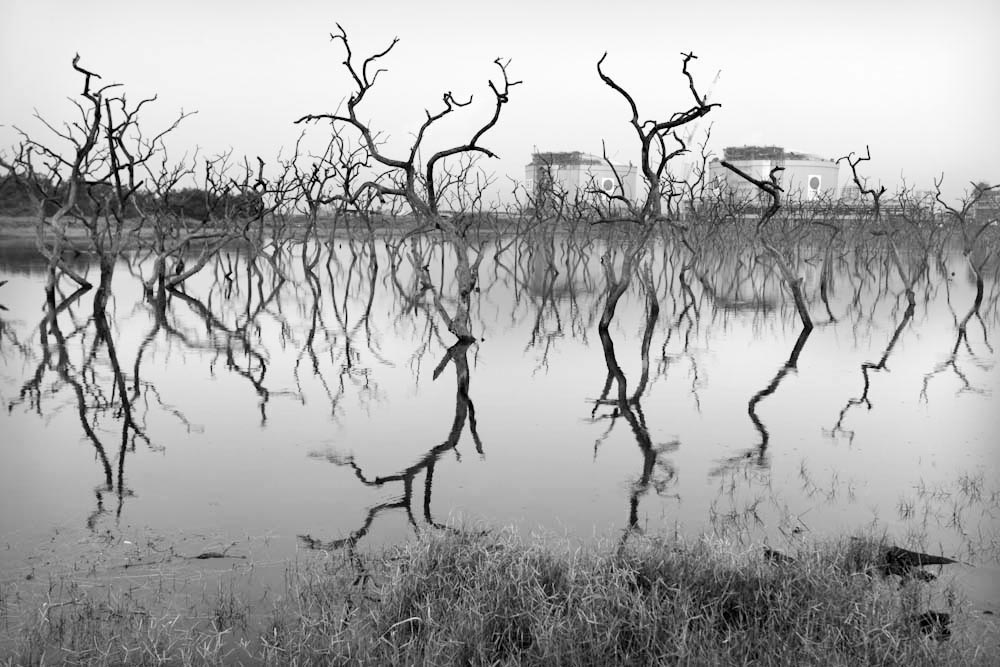
Cochin , Kerala. Mangroves.
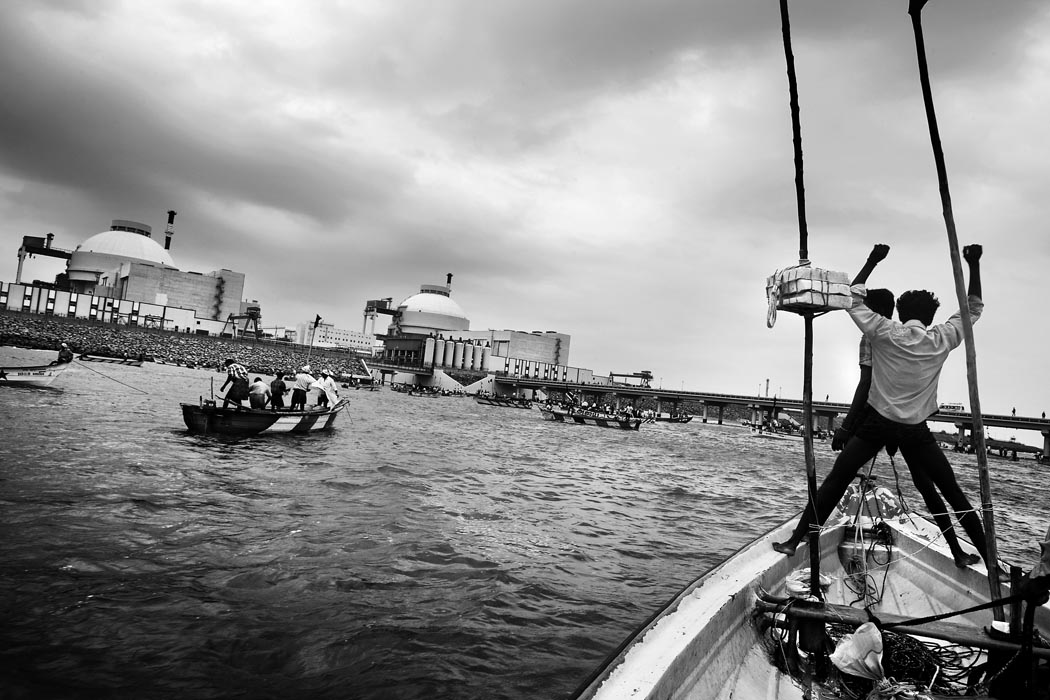
Koodankulam, Tamil Nadu. Local fishermen contributed money from their meagre daily earnings to support this protest against the nuclear plant.
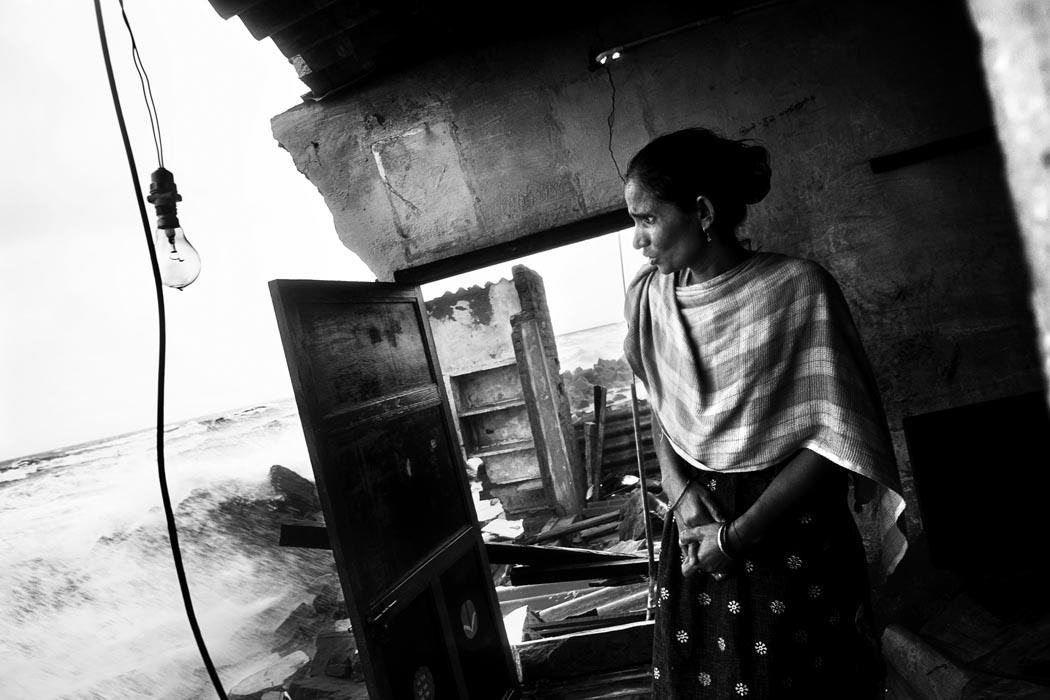
Ennore,Tamil Nadu. The sea is extremely violent in this area. A woman looks at the angry waters from her partially destroyed house.
Climate change and industrialization might be subjects for debate and concern for scientists, environmentalists and the rest of the world, but for the coastal communities, it is a daily battle. A battle they are losing.
Bio:
Selvaprakash L (born 1978), in Tirunelveli, India, earned his Masters in Communication from Manonmaniam Sundaranar University. He started his career in photography as a staff photographer for the Tamil daily Dinamalar, and went on to work with Dinakaran and DNA.
He was a selected participant at the Angkor Photo Workshops in, and also won the Paris Match Award ,2007. He was awarded a fellowship to attend the TPW Changing Idea Workshop. In 2008, he won the India Press Photo Award and participated, exhibited images at the PourIInstant 15th Young Visual Artist Residency Programme in Niort,France.
His works were exhibited at the World Photojournalism Festival 2008 (ChinaTOPS), Singapore Photo Festival 2008 (SIPF), Angkor Photo festival 2010 and Photovisa Photo Festival, Russia 2010, Noorderlicht Photo Festival 2011, Delhi Photo Festival 2011 and Lagos Photo Festival 2011.
He was the Grand Prix Winner at the Manand Sea Photography Competition at the II International Festival of Photography Photovisa in Krasnodar, Russia 2010, and his works were displayed at the San Francisco Art Commission Gallery. He won the Robert Bosch Art Grant 2009-2010, and the NFI National Media fellowship 2011-2012. His photographs have been published in Asian Geo, New Internationalist, Paris Match, and several leading newspapers and magazines across India.
Selvaprakash is now the chief photographer at Time Out, Bangalore.
